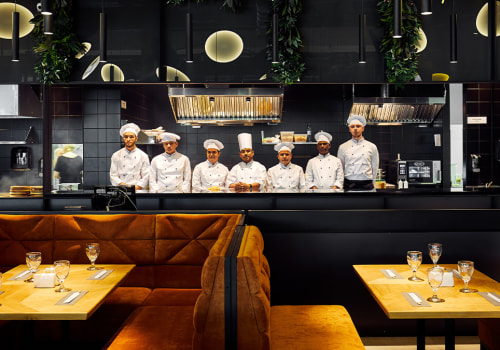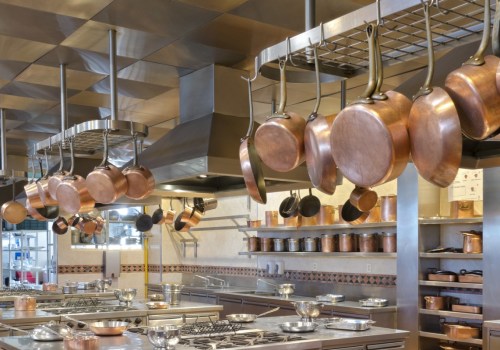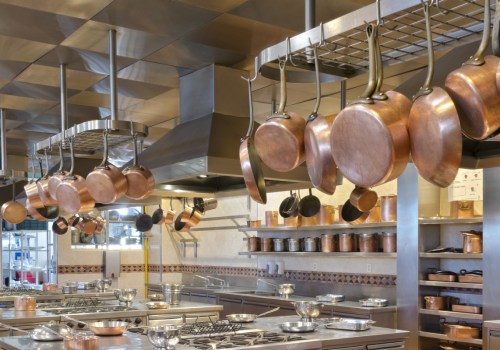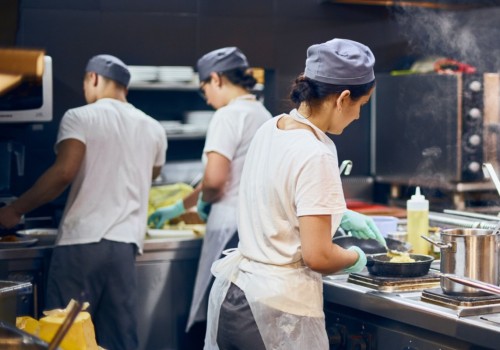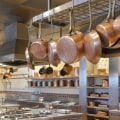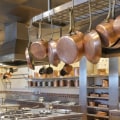On any average night, it's easy to open a food delivery app, navigate through menus, and order a hot meal for home delivery. It's fast, convenient, and affordable, making it a popular choice for singles and families across the country. Although ordering home deliveries is something natural for us today, it wasn't always that way. Ghost kitchens evolved from the kitchens of yesteryear through a natural progression.
From Sumerian food carts and sidewalk cafes to modern restaurant kitchens and catering services, ghost kitchens are rooted in an ancient gastronomic tradition; they developed and evolved over time and were refined with technological ingenuity. According to Newberg, there is no singular type of ghost kitchen, although there are several configurations that have become increasingly popular. The simplest are those that are based on a real restaurant and use existing kitchens to offer new kitchens or concepts available exclusively in home delivery applications. A traditional restaurant that specializes in French food, for example, could play a dual role as a home-only sandwich brand.
Ghost kitchens are increasingly popular due to the price of real estate. People who want to own a restaurant don't always have the money to spend on an expensive building in a great location. Therefore, ghost kitchens tend to go unnoticed and isolated. This not only helps the restaurateur save money, but it also reduces their liability in these areas.
For this reason, many ghost kitchens need food lockers to complete the simplified customer experience. Ghost kitchens helped traditional restaurants recover their losses and minimize employee layoffs by allowing them to prepare food for several brands and stay in business. McDonald's and Chick-fil-A, along with smaller family businesses, are also starting to use ghost kitchens. Ghost kitchens are a relatively new innovation, but some companies have taken a step forward to pave the way for their popularity.
While they may sound ominous, ghost kitchens are all the rage in the restaurant industry, and for good reason. Ghost kitchens can triple or quadruple the profits of a traditional restaurant without the headache of dealing with the public. The increasing popularity of off-site orders has contributed to the increase in the number of ghost kitchens. The rise of the collaborative economy has led to a massive increase in the number of delivery drivers, which has equipped establishments such as ghost kitchens with the methods necessary to transport their orders.
Ghost kitchens can focus their marketing efforts digitally, since they don't need to attract customers to their physical store. The success of your ghost kitchen will depend entirely on your customers, so consider their needs and opinions. A cohesive and creative brand will impress customers and keep you at the center of their minds, setting you apart from other ghost kitchens. Ghost kitchen concepts reduce costs by eliminating seating capacity, waiters, support staff and the need for expensive storefronts.
Ghost kitchens can't afford to simply throw food in a box and ship it, hoping that the dining experience makes up for any loss of satisfaction with the delivery. Ghost kitchens are small, agile and technologically intelligent, attractive qualities appreciated by customers. If you're thinking of opening a ghost kitchen, consider whether your customers value your food or the experience you offer more; only one of these answers is adequate for opening a ghost restaurant. These ghost kitchens tend to occupy smaller spaces than traditional restaurants and also have a smaller staff.
.
